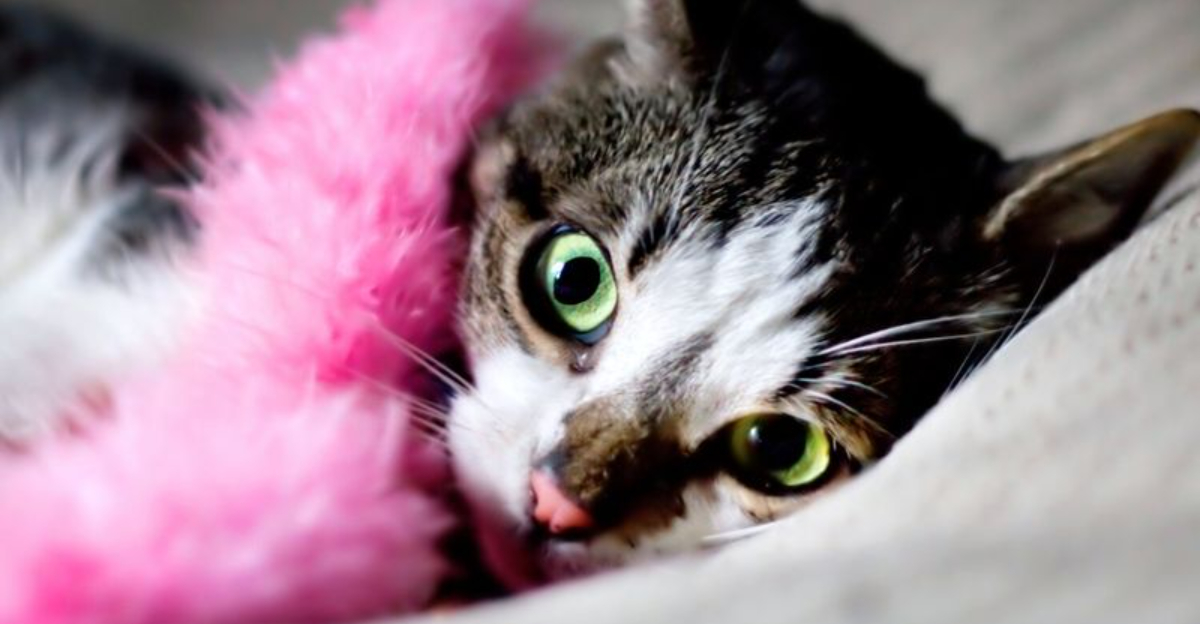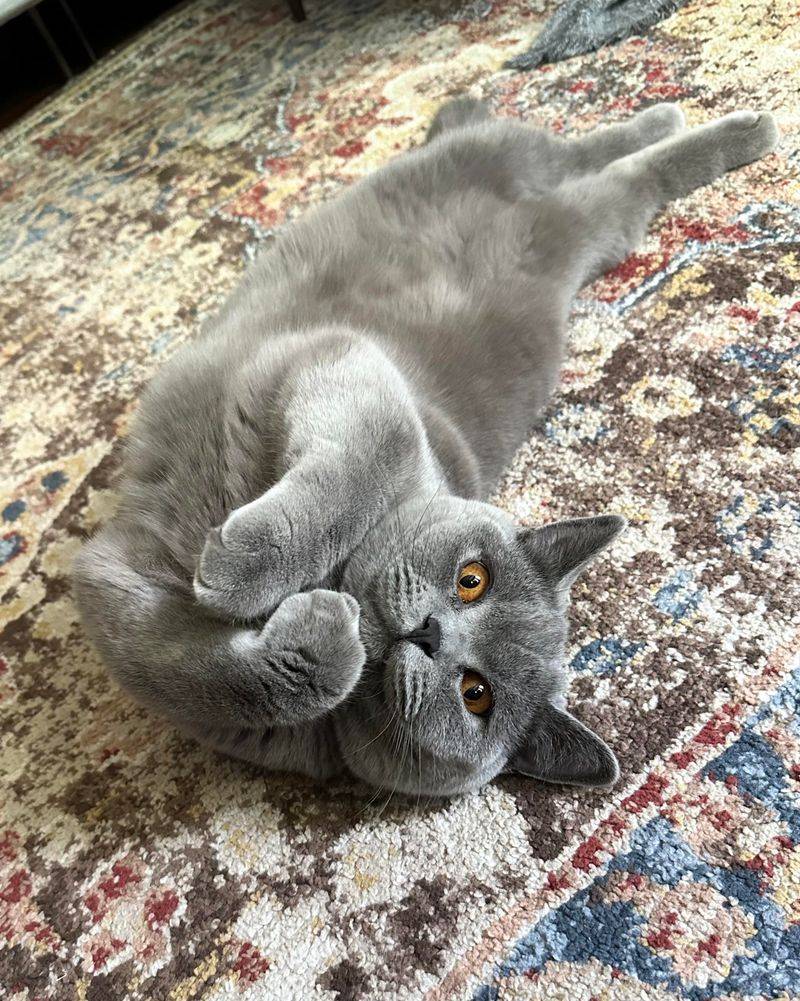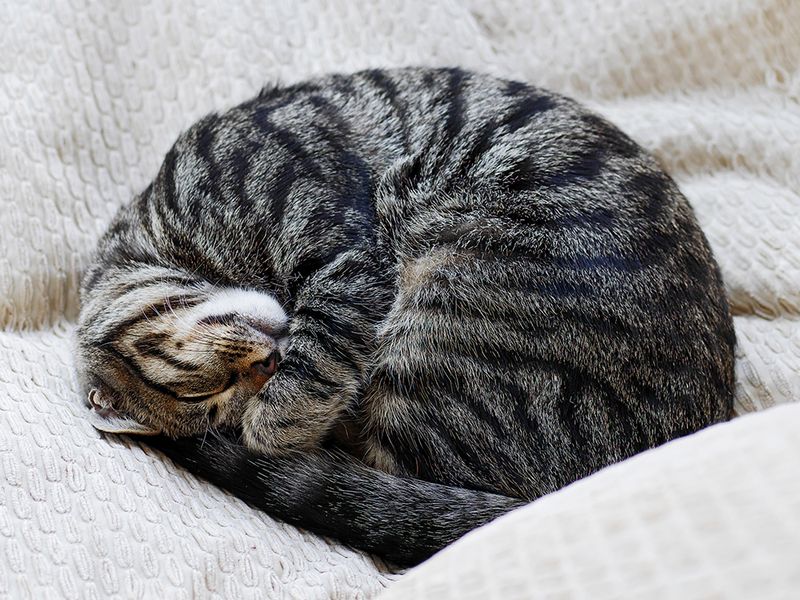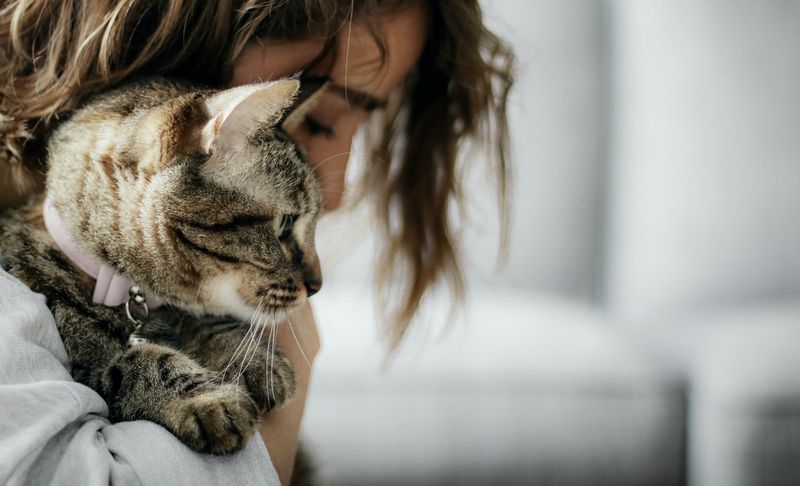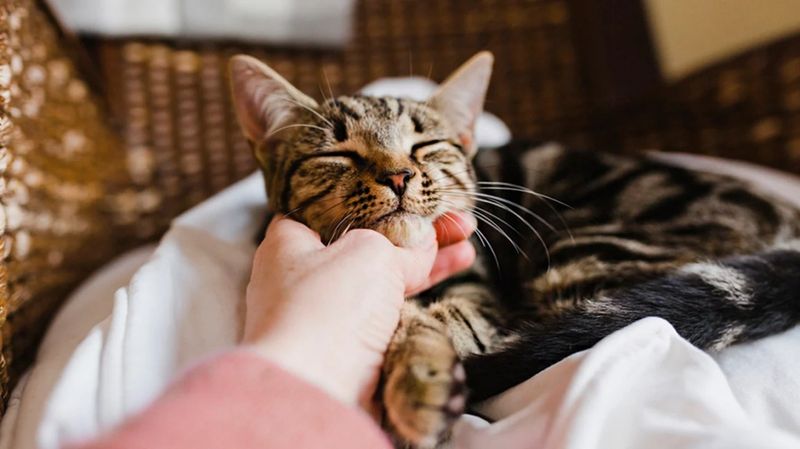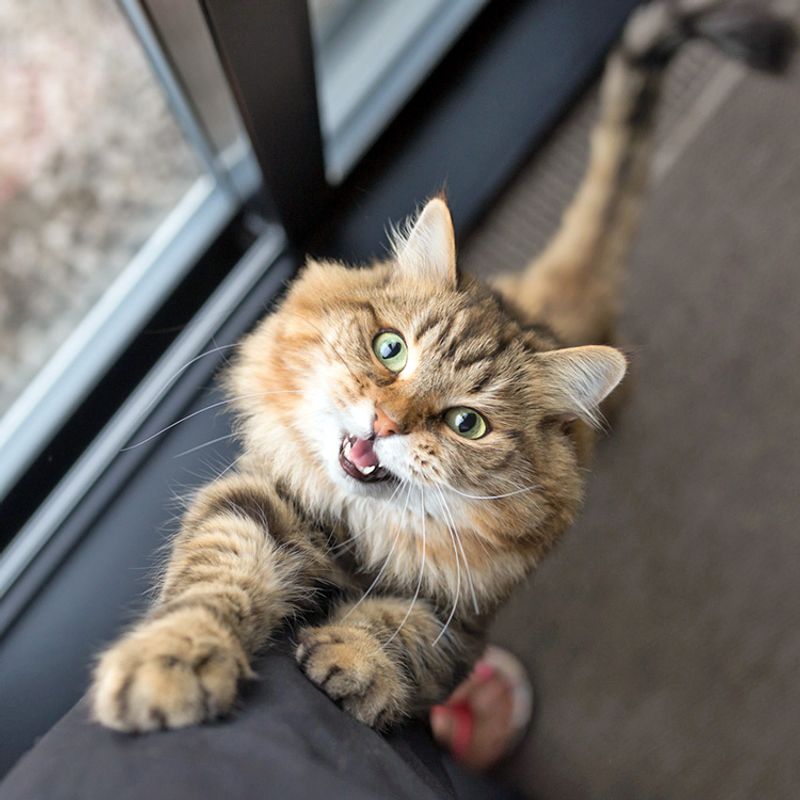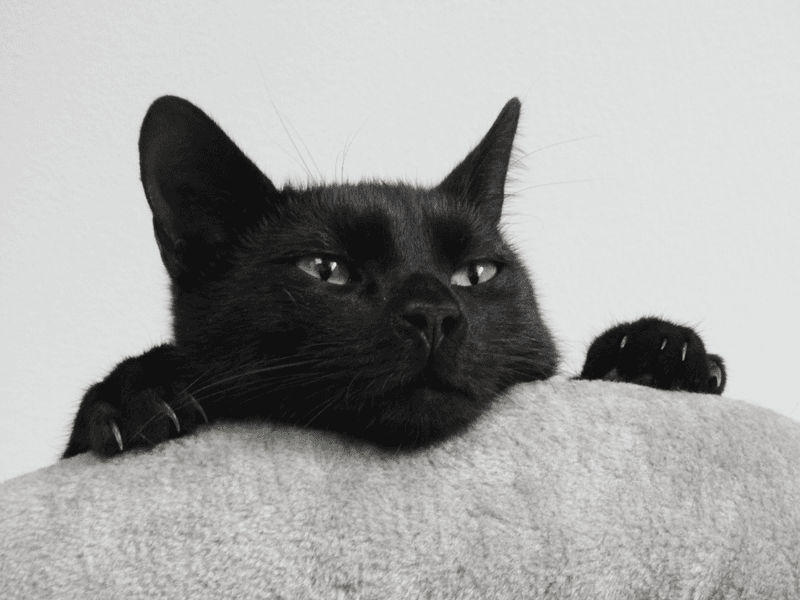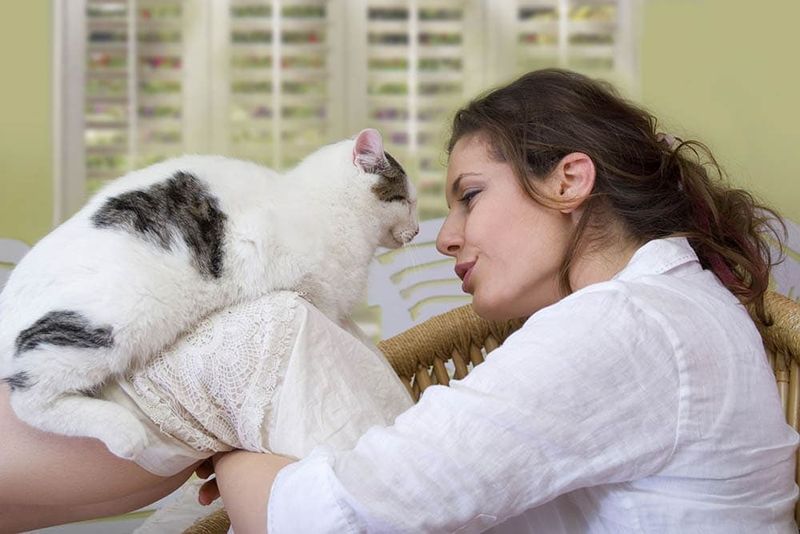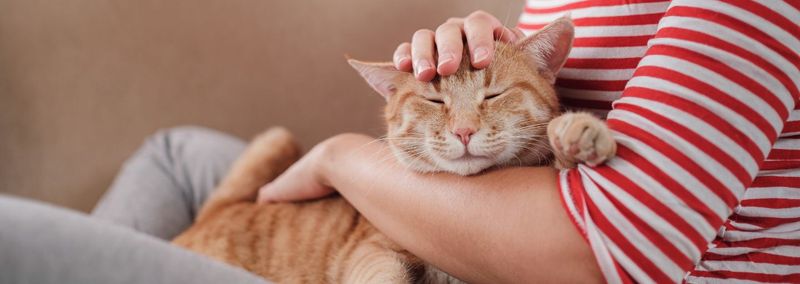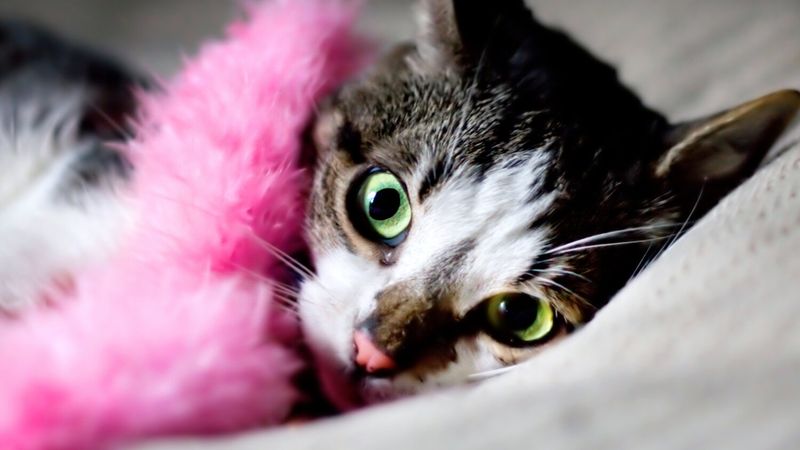📖 Table of Content:
Cats may appear aloof at first glance, but their emotional depth runs far deeper than many expect. Through consistent care and interaction, they begin to form lasting attachments. These bonds shape how they communicate, trust, and express affection.
As the relationship matures, subtle changes in behavior often emerge. Familiar routines, soothing voices, and shared spaces become essential parts of a cat’s emotional world. Each moment spent together quietly builds a sense of security and belonging.
Recognizing these emotional patterns can reveal just how much a cat values its human companion. From slow blinks to loyal companionship, these signs speak volumes. Tuning into them opens the door to a more meaningful and trusting connection.
1. The Morning Greeting Ritual
Dawn breaks and your cat appears beside your bed, purring loudly or gently batting your face. This isn’t simply about breakfast – it’s a bonding ritual developed over years of cohabitation.
Cats are creatures of routine who come to associate their humans with security and comfort. The morning greeting becomes their way of reestablishing connection after hours apart during sleep.
Many felines will follow this pattern even when their feeding schedule changes, proving it’s more about reconnection than just food. Some cats reserve special greeting behaviors exclusively for their favorite humans, showing remarkable emotional selectivity.
2. Synchronized Napping Habits
Felines who’ve spent years with their humans often adjust their sleep schedules to match their owners’. You might notice your cat dozing when you settle in for afternoon reading or joining you for weekend naps.
This behavior stems from a cat’s desire to be part of your daily patterns. Though naturally crepuscular (most active at dawn and dusk), cats gradually shift their internal clocks to maximize quality time with their favorite humans.
Senior cats especially demonstrate this adaptation, sometimes waiting for their owners to sit down before claiming a nearby spot for their own rest. It’s a touching display of companionship that develops gradually over years together.
3. The Emotional Support Response
Long-term cat companions develop an uncanny ability to sense their owner’s emotional states. During moments of sadness or stress, these intuitive felines often appear, offering silent comfort through their presence.
Research suggests cats can detect subtle changes in our body chemistry, facial expressions, and voice tones. A cat that’s shared years with you learns to recognize your specific emotional patterns and may respond with increased attention, purring, or gentle physical contact.
Many cat owners report their feline friends becoming especially attentive during illness or emotional distress. This behavior strengthens over time as the cat builds a mental map of their human’s emotional landscape.
4. Territorial Co-Ownership
After years together, cats begin to view their living space as a shared territory with their humans. This manifests in behaviors like patrolling the home’s perimeter together or inspecting new items you bring inside.
Your cat might follow you from room to room, not just from attachment but as a fellow guardian of your mutual domain. This behavior shows remarkable trust – in the wild, shared territories only exist among bonded cats.
Some cats even develop specific zones they consider particularly shared, like a favorite couch or bed. The evolution from seeing you as a provider to a territorial partner represents a significant emotional shift that develops gradually over years of cohabitation.
5. Personalized Communication Systems
Beyond standard meows, cats living with humans for extended periods develop elaborate communication tailored specifically to their owners. Your cat might use a particular vocalization just for you that differs from how they address other family members.
These specialized sounds evolve through years of trial and error as your cat learns which vocalizations get the desired response. Long-term cat companions often report being able to distinguish between their cat’s “I’m hungry” meow versus their “play with me” chirp.
Body language also becomes customized – from specific tail positions to unique head tilts that carry special meaning between just you two. This sophisticated communication system builds gradually as your relationship deepens.
6. The Welcome Home Celebration
Deeply attached cats frequently recognize the signs of their owner’s return and respond with affection. The stereotype of feline aloofness fades when they run to meet you at the door.
The intensity of these greetings typically increases with the length of your absence. Long-term cat companions frequently perform special movements during these reunions – from rolling on their backs to performing little dances or trills unique to homecoming situations.
This behavior reveals how cats, contrary to their independent reputation, form attachment bonds similar to those seen in dogs and children. The welcome home ritual serves as emotional reconnection after separation and strengthens with each passing year together.
7. Mirroring Behaviors
Consistent schedules can shape behavior in subtle ways. It’s not unusual to see a pet waiting by the window at departure and heading to the door just before the usual return time.
More fascinating is when cats adopt human-like behaviors: sitting upright on the couch beside you, following your gaze to see what you’re looking at, or showing interest in activities you enjoy. One study found cats living with humans for 5+ years were more likely to mirror their owners’ personality traits.
This mirroring represents a sophisticated emotional adaptation as your cat learns to synchronize with your lifestyle. It’s particularly noticeable in cats who’ve had the same owner since kittenhood.
8. Comfort-Seeking During Changes
Disruptions like visitors or shifting furniture don’t always cause retreat in long-term companions. Those deeply bonded tend to stay nearby, looking to their humans for calm and stability.
During thunderstorms, construction noise, or even veterinary visits, a cat with a strong owner bond will look to their human as a secure base. This behavior develops gradually as the cat learns through experience that their person represents safety and stability.
The progression from independent problem-solver to seeking human comfort marks a significant emotional milestone. It demonstrates how cats come to view their owners as partners in navigating life’s challenges rather than merely food providers.
9. The Gift-Giving Tradition
A cat’s tendency to bring “presents” to their owners evolves in fascinating ways over years together. Young cats might bring actual prey, but long-term companions often transition to bringing toys, socks, or other household items instead.
This behavior shifts from instinctual teaching (as mother cats do with kittens) to a more symbolic gesture of affection and resource-sharing. Cats who’ve lived with humans for extended periods learn which items receive positive reactions versus disgust.
The significance lies not in the item itself but in the emotional intent behind it. When your cat brings you their favorite toy or a random leaf, they’re demonstrating trust and inclusion in their inner circle – a privilege they extend to very few in their world.
